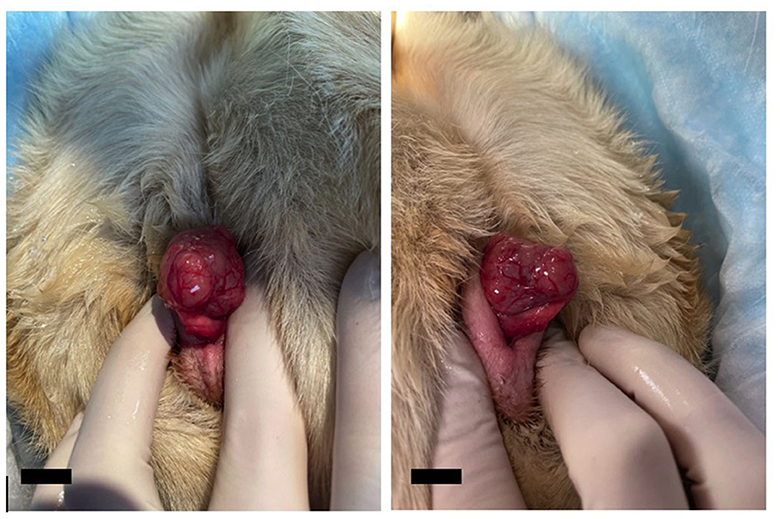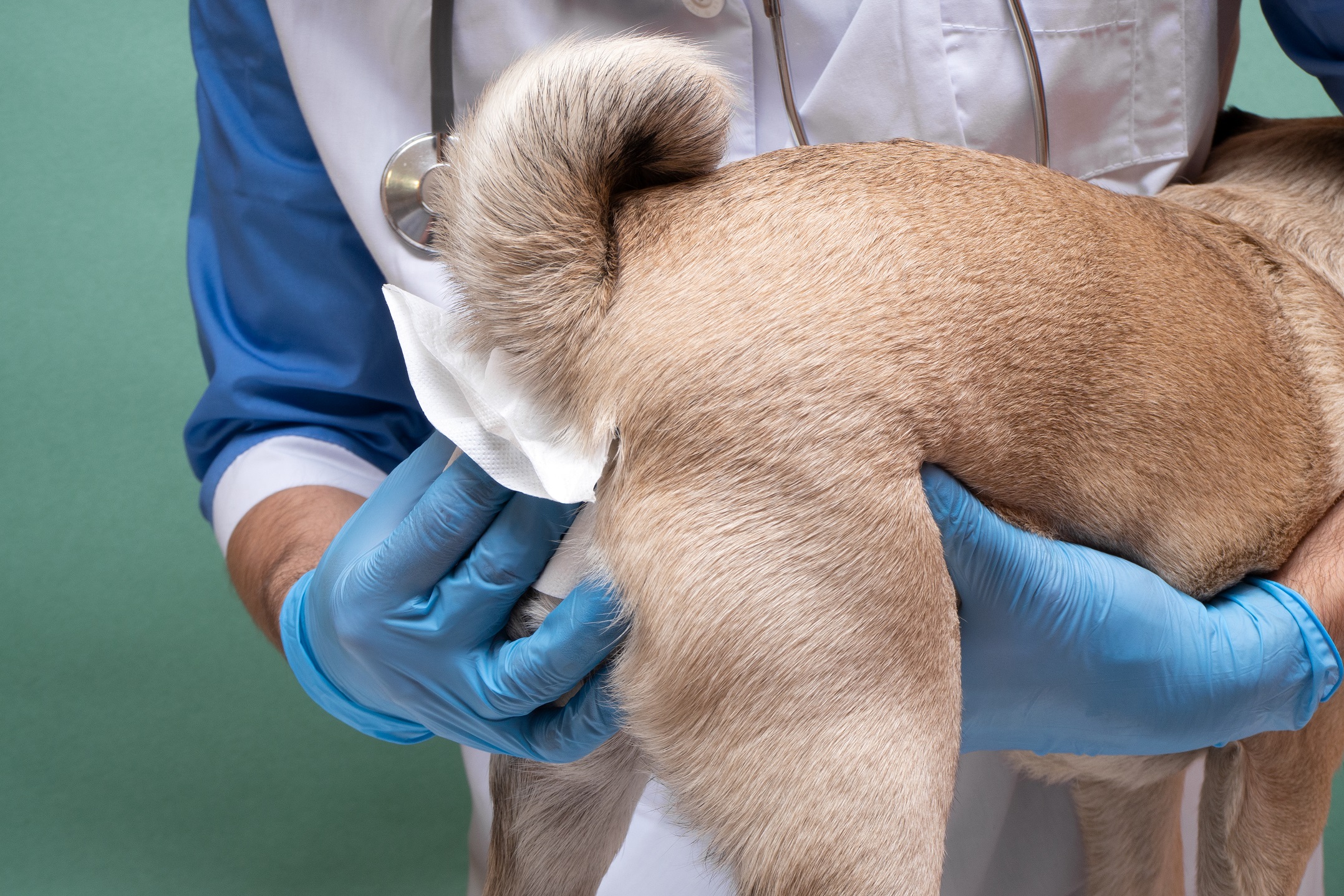Introduction:
Anal gland cancer in dogs, also known as anal sac adenocarcinoma, is a rare but serious condition that affects the anal glands. In this comprehensive article, we will explore the causes, symptoms, diagnosis, treatment options, and prognosis for anal gland cancer in dogs. By understanding this condition and its management, dog owners and veterinarians can work together to provide the best possible care for dogs affected by anal gland cancer.
Causes and Risk Factors of Anal Gland Cancer in Dogs:
The exact cause of anal gland cancer in dogs is unknown, but certain factors may increase the risk of its development. These include:
- Breed Predisposition:
Some breeds, such as Cocker Spaniels, German Shepherds, and Siberian Huskies, have a higher incidence of anal gland cancer.
- Age:
Anal gland cancer is more commonly diagnosed in older dogs, typically over the age of 10.
- Hormonal Influence:
There is some evidence to suggest that hormonal factors, such as intact (non-neutered) status, may play a role in the development of anal gland cancer.
Recognizing the Symptoms:
Identifying the symptoms of anal gland cancer in dogs is crucial for early detection and intervention. Common signs include:
- Swelling or Mass:
A visible or palpable mass near the anus is one of the most common signs of anal gland cancer. The mass may be firm, irregular in shape, and may grow in size over time.
- Discharge:
Dogs with anal gland cancer may exhibit abnormal discharge from the anus, which can be bloody, pus-like, or foul-smelling.
- Difficulty Defecating:
The presence of a tumor or mass can obstruct the normal passage of stool, leading to difficulty or straining during bowel movements.
Recommended:
- Petco Review: The Power of Together
- PetSmart Review: Where Pets Inspire Us
- Hill’s Pet Nutrition Review: Pioneering Pet Health and Nutrition
- Royal Canine Review: Tailored Nutrition for Every Pet
- Chewy Review: Pet Care at Your Doorstep
- Changes in Behavior or Appetite:
Dogs with anal gland cancer may experience a decrease in appetite, weight loss, lethargy, or changes in behavior.
Diagnosing Anal Gland Cancer in Dogs:
Diagnosing anal gland cancer in dogs requires a thorough examination and diagnostic tests. These may include:
- Physical Examination:
The veterinarian will perform a comprehensive physical examination, including a rectal examination, to assess the presence of a mass or abnormality.
- Fine Needle Aspiration (FNA):
FNA involves using a small needle to collect cells from the mass for microscopic examination. This procedure helps determine if the mass is cancerous or benign.
- Biopsy:
A biopsy may be recommended to obtain a larger tissue sample for a definitive diagnosis. This can be done through surgical excision or needle core biopsy.
- Imaging Techniques:
Radiographs (X-rays) and ultrasound may be used to evaluate the extent of the tumor and determine if it has spread to nearby lymph nodes or other organs.
Treatment Options for Anal Gland Cancer in Dogs:
The treatment of anal gland cancer in dogs depends on various factors, including the tumor’s size, location, and stage of the disease. Treatment options may include:
- Surgery:
Surgical removal of the tumor, along with a margin of healthy tissue, is often the primary treatment for anal gland cancer. In some cases, a partial or complete removal of the anal glands may be necessary.
- Radiation Therapy:
Radiation therapy may be recommended to target any remaining cancer cells after surgery or as a primary treatment option for inoperable tumors.
- Chemotherapy:
Chemotherapy may be used in certain cases to help control the spread of cancer or alleviate symptoms. It is often used in combination with surgery or radiation therapy.
- Palliative Care:
In cases where the cancer is advanced and cannot be cured, palliative care focuses on managing pain, improving the dog’s quality of life, and providing supportive measures.
Prognosis and Follow-up Care:
The prognosis for dogs with anal gland cancer depends on various factors, including the stage of the disease, the success of surgical removal, and the presence of metastasis. Regular follow-up appointments, imaging tests, and monitoring are crucial to detect any recurrence or spread of the cancer.
Conclusion:
Anal gland cancer in dogs is a rare but serious condition that requires prompt diagnosis and appropriate treatment. By recognizing the causes, symptoms, and treatment options discussed in this article, dog owners and veterinarians can work together to provide the best possible care. Early detection, surgical intervention, and follow-up care are essential for effectively managing anal gland cancer in dogs and improving their quality of life.
References:
- Patnaik, A. K., & Liu, S. K. (1984). Canine anal sac adenocarcinoma: a retrospective study of 29 cases. Journal of the American Animal Hospital Association, 20(5), 687-692.
- Hayes, H. M., Jr, Wilson, G. P., & Hidgon, P. E. (1985). Canine anal sac adenocarcinoma: Epidemiologic features. Journal of the National Cancer Institute, 74(4), 747-751.
- Withrow, S. J., & Vail, D. M. (2013). Small Animal Clinical Oncology. Elsevier Health Sciences.
- Liptak, J. M., & Kamstock, D. A. (2014). Anal sac gland neoplasia in dogs. Veterinary Clinics: Small Animal Practice, 44(5), 985-1006.



